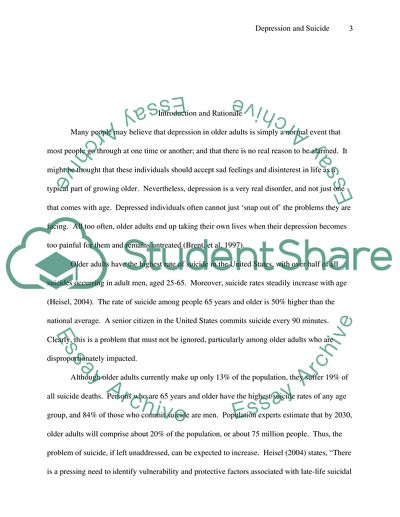Cite this document
(Depression and Suicide in Older Adults Term Paper, n.d.)
Depression and Suicide in Older Adults Term Paper. Retrieved from https://studentshare.org/psychology/1705013-depression-and-suicide-rate-among-older-adults
Depression and Suicide in Older Adults Term Paper. Retrieved from https://studentshare.org/psychology/1705013-depression-and-suicide-rate-among-older-adults
(Depression and Suicide in Older Adults Term Paper)
Depression and Suicide in Older Adults Term Paper. https://studentshare.org/psychology/1705013-depression-and-suicide-rate-among-older-adults.
Depression and Suicide in Older Adults Term Paper. https://studentshare.org/psychology/1705013-depression-and-suicide-rate-among-older-adults.
“Depression and Suicide in Older Adults Term Paper”, n.d. https://studentshare.org/psychology/1705013-depression-and-suicide-rate-among-older-adults.


